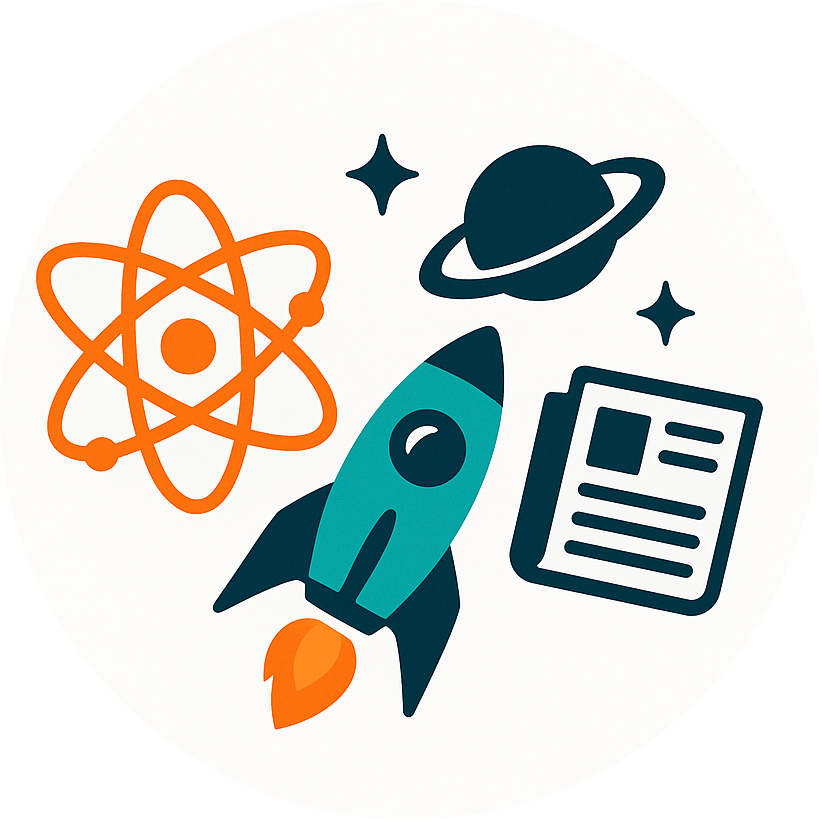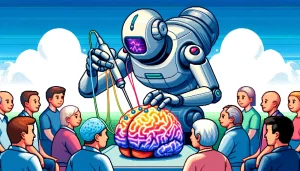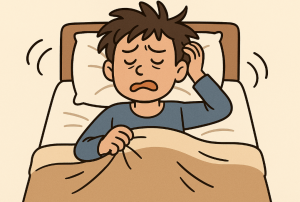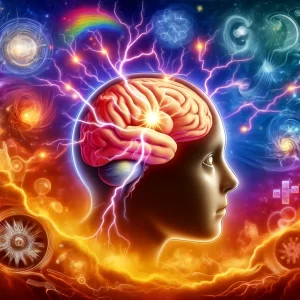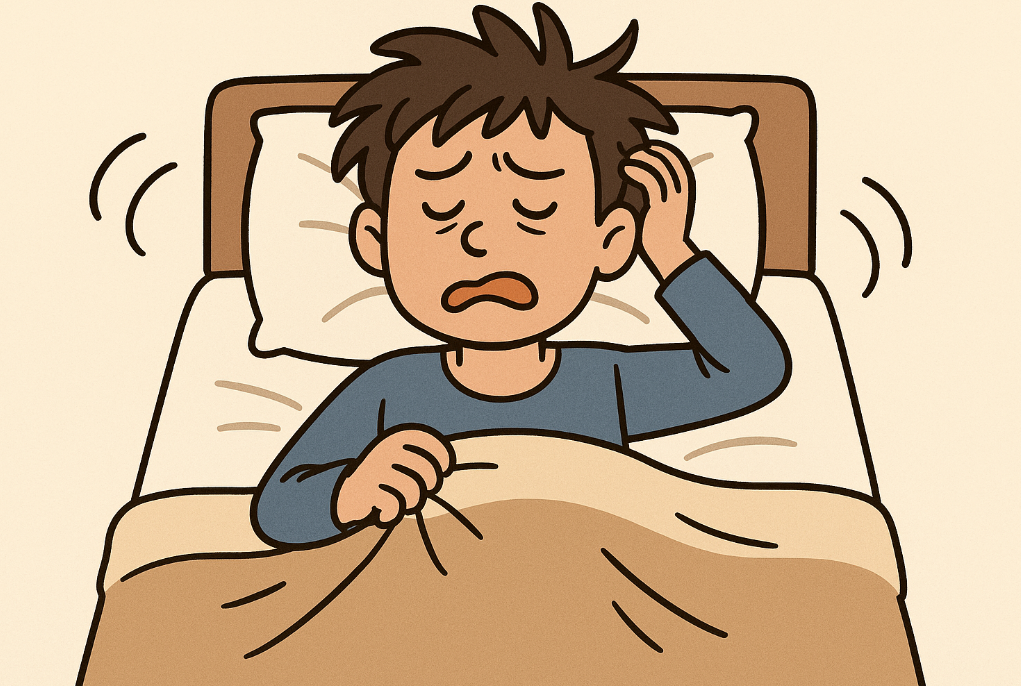
How New Brain Stimulation Research Could Help Restore Consciousness
Picture this: A person you love is in a hospital bed. Their eyes might open, but they don’t respond. Weeks turn into months. Doctors say they’re in a “disorder of consciousness”—a condition where the brain can’t fully switch back on after severe injury. There are no proven treatments. Families are left hoping for a miracle.
Now imagine a medical team literally trying to jumpstart the brain, sending carefully placed electrical pulses deep into its hidden control centers. This isn’t sci-fi. It’s called deep brain stimulation (DBS), and a new international study has just mapped the brain network that seems to hold the key to waking people up.
The 40-patient experiment
Researchers worked with 40 patients who had long-term disorders of consciousness caused by things like traumatic brain injury or cardiac arrest. All underwent DBS surgery, with electrodes implanted in a part of the thalamus called the centromedian-parafascicular (CM-Pf) complex. This brain region is like a high-level switchboard for arousal and attention.
The results? After a year, 11 patients improved enough to move to a higher state of consciousness—some even regaining the ability to communicate. The rest saw little or no change. So what separated the “wake-up” cases from the others?
The anatomy of recovery
The team dug into MRI scans and found a clear pattern: patients who improved had better-preserved gray matter, especially in a part of the brain called the striatum. Think of the striatum as the brain’s “gatekeeper” for movement, attention, and decision-making. Without it, the signals from DBS may never reach the rest of the brain.
Age also mattered. The people who responded were, on average, 20 years younger at the time of injury. Younger brains may have more “plasticity”—the ability to rewire themselves after damage.
The sweet spot
Not all DBS is created equal. By modeling exactly where the electrical fields spread from each electrode, the researchers pinpointed a “sweet spot” for stimulation—slightly below the centromedian nucleus, in a region called the inferior parafascicular nucleus. This area sits right next to a major arousal superhighway: the ventral tegmental tract, which connects deep brainstem structures to the hypothalamus (a master regulator of wakefulness, sleep, and body rhythms).
When stimulation hit this sweet spot, it activated a network that overlapped with two very different medical scenarios:
- Stroke patients with damage to arousal-related brain regions
- Epilepsy patients experiencing absence seizures, which cause brief lapses in awareness
In both cases, the same network seemed to make the difference between being alert and being “offline.”
Beyond the thalamus
This discovery echoes a long-standing theory in neuroscience: it’s not about hitting one magic button, but about engaging entire circuits that control consciousness. In fact, some of these circuits tie into the brain’s internal clock. The locus coeruleus, for example, releases the chemical norepinephrine to keep you alert during the day, and its activity is partly controlled by the hypothalamus. Damage to this system can throw off sleep-wake cycles—something many patients with severe brain injury experience.
The study’s findings suggest that the more DBS could link up to these arousal circuits, the better the chances of recovery.
The odds and the obstacles
Here’s the catch: even in this carefully selected group, fewer than 30 percent of patients improved. Some patients had electrodes perfectly placed but still didn’t respond, possibly because their brain tissue was too damaged to carry the signal.
There’s also no one-size-fits-all formula for how to deliver the stimulation. The researchers used medium frequencies (20–40 Hz), which line up with the brain’s natural rhythms during wakefulness. Other studies have tried higher frequencies, with mixed results. It’s a bit like trying to tune a radio—you need the right station for the right kind of brain state.
What this could mean for the future
While DBS for disorders of consciousness is still experimental, this study brings the field closer to real clinical guidelines. If doctors can identify the patients with the right brain structure, the right age profile, and the right electrode placement, success rates could go up.
And here’s where it gets exciting: the same brain networks could be targets for non-invasive treatments like transcranial magnetic stimulation or focused ultrasound. In other words, future therapies might not require surgery at all.
The study also opens the door to helping other groups—like stroke or seizure patients—who experience temporary or partial losses of consciousness. If these networks are the common “on switches” for awareness, there may be multiple ways to reach them.
The human side
Behind all the maps, brain scans, and statistical models are real people—families watching for the smallest sign of change. For one patient, it might be the first time they follow a command. For another, it could be a whispered word after months of silence. These breakthroughs are not just medical—they’re deeply personal.
And that’s why mapping the brain’s wake-up pathways matters. Because every person who regains awareness is not just a statistic. They’re a son, a daughter, a friend… someone whose story continues.
Let’s Explore Together
What do you think?
- How do you see this research affecting the way we treat brain injuries in the future?
- If non-invasive brain “wake-up” tools were developed, who should have access to them first?
- What’s the most surprising science fact you’ve learned about the brain?
Share your thoughts in the comments, or tag this article on social media with your take. Science moves faster when we’re all part of the conversation.
